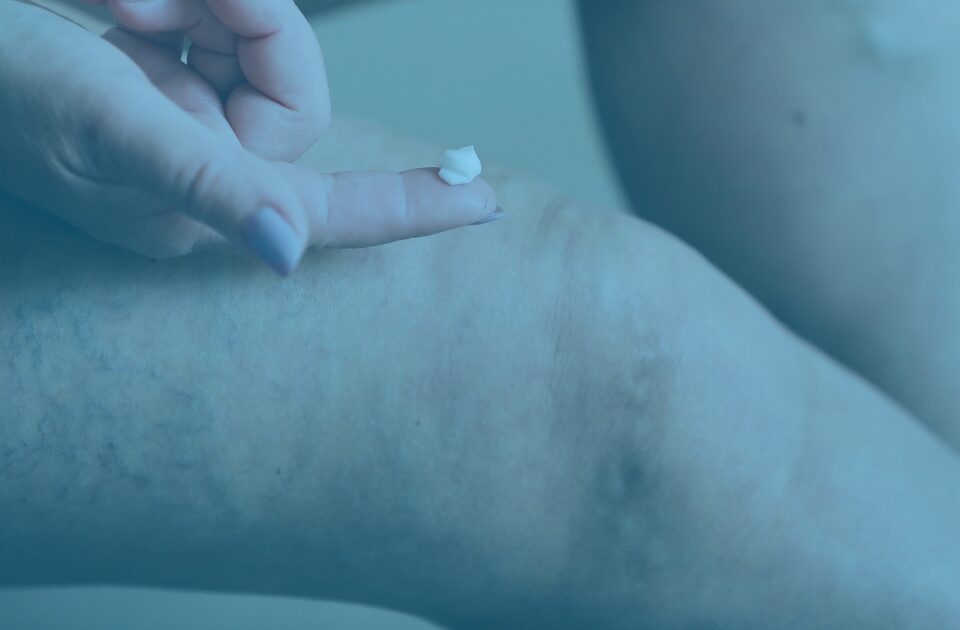
What questions should you ask before joining a Clinical Trial?
July 1, 2025
Treatment for Venous Leg Ulcers
August 13, 2025Clinical trials are a cornerstone in the development of innovative treatments and medications. The duration of a clinical trial can vary greatly depending on factors such as the trial phase, the type of disease or treatment being studied, and the number of participants involved. In this article, we’ll explore the typical timelines for each phase of a clinical trial and the factors that influence their length.
Duration of each phase of a clinical trial
- Preclinical Phase (Before human trials)
- Estimated Time: 1-6 years
- During this phase, researchers test the treatment in laboratory models or animals to assess its initial safety and efficacy. While not technically part of the clinical trial process, this step is essential to ensure the treatment is safe for human testing.
- Phase I (Initial testing in humans)
- Estimated Time: 6 months – 2 years
- This phase involves a small group of volunteers (usually 20-100). The goal is to evaluate the treatment’s safety, determine proper dosage, and identify any early side effects.
- Phase II (Expanded testing for safety and efficacy)
- Estimated Time: 1-3 years
- The treatment is tested on a larger group of people (several hundred) to determine its efficacy for specific conditions and to continue monitoring its safety.
- Phase III (Large-scale validation)
- Estimated Time: 2-5 years
- This phase involves thousands of participants to confirm the treatment’s effectiveness in a broader population and compare its performance to existing treatments or placebos. The results from Phase III are critical for regulatory approval.
- Phase IV (Post-approval studies)
- Estimated Time: Ongoing
- Once the treatment is approved and available to the public, Phase IV trials monitor its real-world use, identifying rare side effects or long-term issues.
Factors influencing the duration of a clinical trial
- Treatment complexity: Studies for rare diseases or highly innovative treatments often take longer due to challenges in recruiting participants and collecting data.
- Trial size: The more participants needed, the longer it takes to recruit and complete assessments.
- Regulations and approvals: Clinical trials must meet strict legal and ethical requirements, which can extend their timeline.
- Interim results: If early results reveal safety concerns or efficacy issues, the study may be paused or adjusted, lengthening the process.
- Long-term follow-up: Some studies require years of participant monitoring to assess the treatment’s long-term effects.
Average total duration of a clinical trial
From initial research to final approval, the process can take between 8 and 15 years. However, in urgent situations, such as during the COVID-19 pandemic, clinical trials can be expedited significantly without compromising safety or efficacy, thanks to global collaboration and technological advancements.
What does this mean for participants?
If you decide to join a clinical trial, the duration of your involvement will depend on the study phase and specific protocols. Some studies may require weekly visits for a few months, while others involve periodic follow-ups over several years.
At C&R Research Services USA, we provide you with all the necessary information before enrollment, including the estimated time commitment and the benefits offered, such as transportation support and personalized assistance.
Conclusion
The length of a clinical trial varies widely, but every phase is essential to ensure the safety and effectiveness of treatments that shape the future of medicine. If you’re interested in participating in a clinical trial or would like more information, reach out to C&R Research Services USA!
Phone: (239) 202-8876
Email: info@cresearchusa.com




